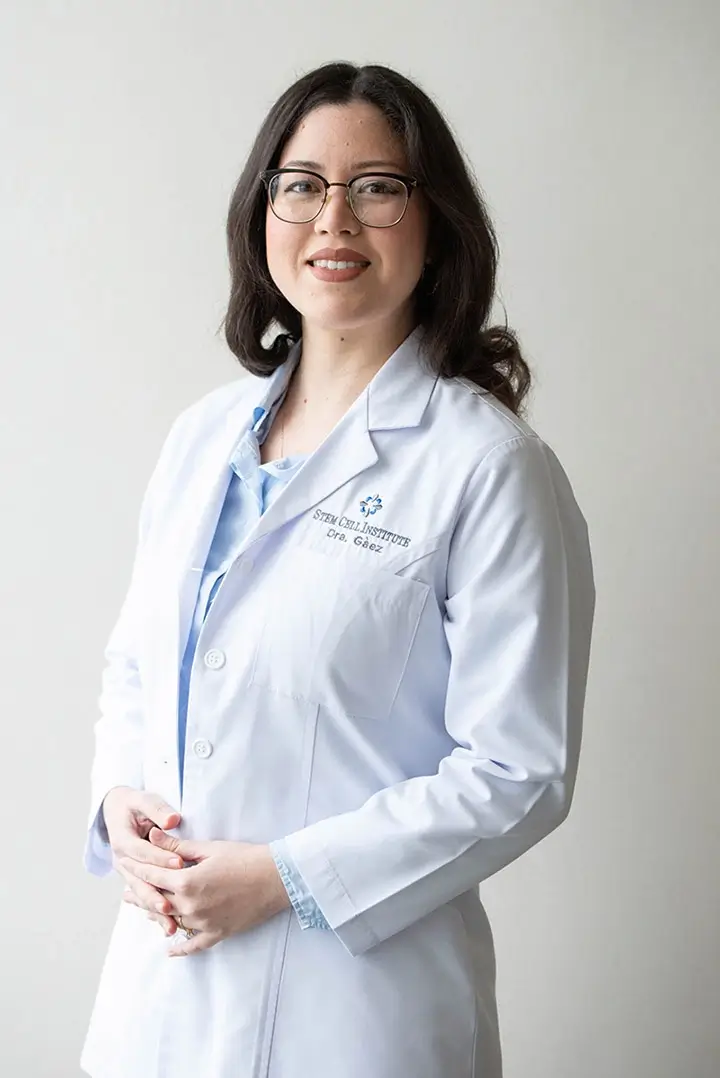Medical experts have focused their attention on a civilian man in the U.S. who regrew his finger following an accident at his home. After slicing off the end of his finger in the propeller of a hobby shop airplane, Lee Spievack was treated with a powder which he calls “magic dust” and which was applied directly to the injured area. Within 4 weeks, Spievack, who is in his 60s, regrew the entire missing half-an-inch of his finger, which included not only flesh and blood vessels but also bone and nail. The regrown finger has minimal scarring and is once again whole and complete.
The “magic dust” is a medical powder known as “extracellular matrix”, which is derived from the bladders of pigs and which contains a mixture of protein and connective tissue. Surgeons often use this powder in the repair of simple tendon injuries. Now, however, this extracellular matrix is a key component of the new field known as regenerative medicine.
As Dr. Stephen Badylak at the McGowan Institute for Regenerative Medicine at the University of Pittsburgh explains, this powder “tells the body to start that process of tissue regrowth.” Although the precise cellular mechanisms that are at work have not yet been fully elucidated, the extracellular matrix mobilizes the body’s naturally occurring stem cells, thereby stimulating the body’s natural regenerative abilities. According to Dr. Badylak, “It will change the body from thinking that it’s responding to inflammation and injury to thinking that it needs to regrow normal tissue.” When asked if this extracellular matrix could regenerate entire limbs, Dr. Badylak replies, “In theory, yes.”
A number of researchers are now putting this theory to the test. In conjunction with the University of Pittsburgh and in collaboration with Dr. Badylak, the U.S. Army is already applying such a potential therapy to wounded soldiers who are returning from the war in Iraq. Dr. Steven Wolf, at the Army Institute of Surgical Research in Texas, describes how the U.S. military has already invested millions of dollars in regenerative medicine, not only for amputees but also for burn victims. In related studies that are being conducted simultaneously in Europe, a device currently under development by German researchers is being used for spraying a patient’s own cells onto burn wounds, which signals the skin to regrow itself. In a newly developed upcoming surgical procedure, Dr. Badylak will implant the extracellular matrix material, which has been formed into the shape of an esophagus, into patients who are suffering from throat cancer. As he explains, “We fully expect that this material will cause the body to re-form normal esophageal tissue.” Similarly, this same extracellular matrix material has also been placed directly onto heart muscle, like a bandage, to help repair damaged tissue following a heart attack. Dr. Joon Sup Lee, one of the surgeons and researchers at the University of Pittsburgh Medical Center, has been injecting autologous stem cells directly into the hearts of patients in order to expedite recovery following myocardial infarctions.
According to Wyatt Andrews of CBS News, “researchers imagine a time when regrown limbs replace prosthetics, when regrown tissues replace surgery, and when the body does its healing with cells from within.”

